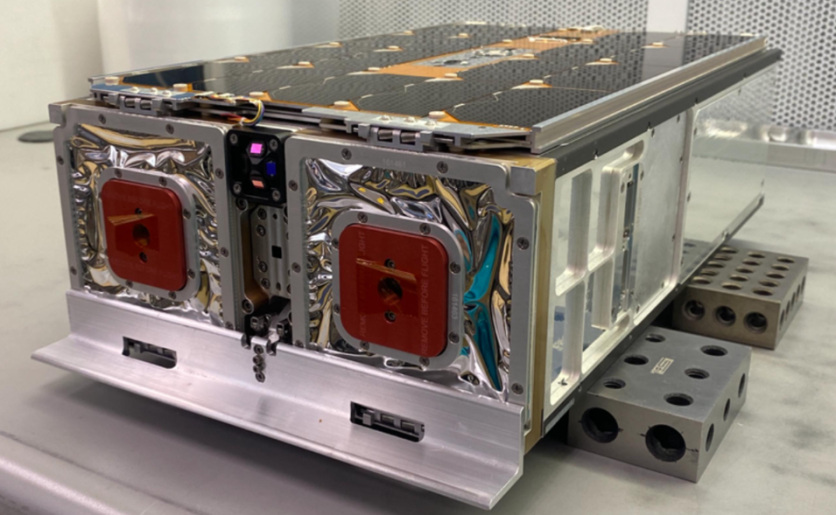NASA recently unveiled two small instruments that will be crucial in fulfilling a big scientific mission by measuring and studying all Earth-directed energy hailing from the Sun, according to NASA Science's press release.
This endeavor may help scientists to understand how this energy affects climate change, extreme weather, and our planet's systems in general.

Smallest Instruments
The Compact Total Irradiance Monitor (CTIM) and Compact Spectral Irradiance Monitor (CSIM) were created by scientists at the University of Colorado's Laboratory for Atmospheric and Space Physics (LASP).
NASA notes that they will be two of the smallest instruments ever sent into space to investigate how solar energy affects the Earth's systems. These instruments are so small that they are roughly the size of a large shoe box!
CITM is minted to aid scientists in determining if small satellites are as effective as larger instruments in measuring total solar irradiance. It will be compared to the Total Irradiance Monitor (TIM) instrument that is currently installed on the International Space Station (ISS).
Meanwhile, CSIM will enable scientists to monitor individual solar radiation spectrums with less than 1% uncertainty (SSI), which is a level of accuracy for a tiny satellite designed for spectral solar irradiance observation.
Earth Radiation Budget
The two CubeSats will constitute a substantial improvement in understanding the Earth Radiation Budget (ERB), which is the total and types of energy that our planet absorbs and thermally emits back into space, according to NASA.
"It's very important, from the atmospheric chemistry point of view, to determine how much ultraviolet radiation, infrared radiation, and other wavelengths of radiation Earth receives, and how the amounts of each type of radiation changes over time," Erik Richard, a Senior Researcher at LASP and principal investigator for CSIM, said in a statement.
The two instruments will make use of a novel carbon nanotube material that absorbs 99.995% of incoming light and was created in collaboration with scientists at the National Institute of Standards and Technology.
NASA may eventually integrate CSIM and CTIM into a single, small satellite payload, enabling researchers to track both the total solar energy reaching Earth and the many spectrum components that comes along with a small constellation of CubeSats.
Richard said that the team is currently reviewing the data they collected with CSIM and that they are looking for the possibility of creating a new design that would be merged with the novel CTIM instrument.
The two instruments were made possible by the contributions of NASA's Earth Science Technology Office (ESTO). The office's programs such as the Instrument Incubation Program (IIP), In-space Validation of Earth Science Technologies (InVEST), and Advanced Components Technology (ACT) provided funding for CSIM and CTIM.

ⓒ 2025 TECHTIMES.com All rights reserved. Do not reproduce without permission.




